Daily Current Affairs
28 November, 2024
Agri Business
1. Centre acts to boost DAP availability, blames global suppliers
India’s Government Boosts Domestic Di-ammonium Phosphate (DAP) Supply

- Steps taken to increase domestic DAP supply amid 60% import dependence.
- Causes of DAP shortage: Red Sea issue and global supplier export cuts.
- October and November crucial for farmers to apply for DAP, meeting 65-70% Rabi season demand.
- Government coordinates with states, railways, and fertiliser companies to resolve local availability issues.
Diammonium Phosphate (DAP) Fertilizer
- Composition includes of ammonia and phosphoric acid, containing 18% nitrogen and 46% phosphorus.
- It is highly soluble in water and soil, releasing phosphate and ammonium for plants.
- Benefits includes aiding in tissue development, regulating protein synthesis, and meeting initial nitrogen and sulfur needs.
- Application rates vary for pastures and forage crops, and lawns.
- Storage advised in bulk sheds and covered with a tarp.
- Risks include potential harm to plant roots and seedlings when DAP dissolves.
2. As Indian farmers shift to complex fertilizers, FY25 sales up 11% till October
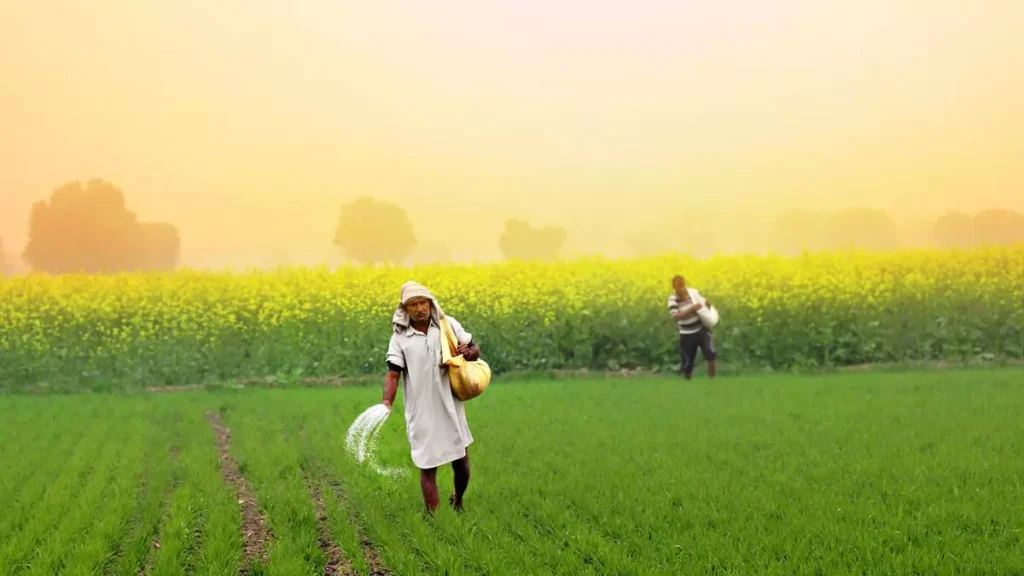
India’s Fertilizer Production and Imports
- India’s farmers are increasingly using complex fertilizers due to a shortage of di-ammonium phosphate (DAP).
- The demand for complex fertilizers, which includes nitrogen, phosphorous, and potash nutrients, has increased due to rising awareness and the introduction of soil health cards.
- A study by ICAR in 2023 also revealed that up to 90% of agricultural land is deficient in nitrogen and phosphorus, and 50% is deficient in potash.
- The Fertilizer Ministry reported a 2% rise in the production of all key fertilizers in April-October period from 297.8 lt a year ago.
Soil Health Card Scheme in India: A Key to Productivity
- The Soil Health Card scheme has helped many farmers to understand soil health parameters and improve productivity through judicious application of soil nutrients.
- The scheme has been implemented in two phases: Phase-I (2015-17) and Phase-II (2017-19).
- The scheme promotes farm holding-based soil sample collection and testing with farmers’ participation.
- The scheme has created jobs for agrarian youth and farmers up to 40 years of age.
- The Soil Health Card (SHC) is a printed report containing nutrient status of soil for 12 nutrients.
Soil Health Cards Scheme in India
- The scheme has been implemented in two phases: Phase-I (2015-17) and Phase-II (2017-19).
- The scheme promotes farm holding-based soil sample collection and testing with farmers’ participation.
- The scheme is implemented by the Department of Agriculture of all the State and Union Territory Governments.
- Was introduced in 2014-15, the Soil Health Cards (SHCs) Scheme aimed to assist State Governments in issuing soil health cards to farmers.
- The scheme provides information on soil nutrient status and nutrient dosage recommendations for improving soil health and fertility.
- The Government of India has upgraded the Soil Health Card Scheme, integrating it with a Geographic Information System (GIS) system for easy access to test results.
- The mobile application has some additional features like restricting sample collection regions, auto-selection of location latitude and longitude, and QR code generation.
- The new system has been rolled out since April 2023, with 56 training sessions arranged for states.
- The scheme has been merged into the Rashtriya Krishi Vikas Yojana (RKVY) scheme under the new name ‘Soil Health & Fertility‘ from 2022-23.
- 75% of laboratory costs are proposed to be funded by the Central and State Governments.
- The Guideline of Village Level Soil Testing Labs (VLSTLs) was issued on 22.06.2023, allowing for the establishment of VLSTLs by individual entrepreneurs and community-based organizations.
- VLSTLs also facilitates to educate farmers about fertilizer and crop recommendations.
- Detail Soil Mapping at 1:10000 scale is conducted using high-resolution satellite data and field survey/ground data.
3. Union Minister of Agriculture & Farmers’ Welfare inaugurates 13th National Seed Congress in Varanasi

13th National Seed Congress (NSC) 2024: India’s Leading Event
- The Congress, organized by the Ministry of Agriculture & Farmers’ Welfare, India, was inaugurated by Union Minister of Agriculture and Farmers Welfare Shri Shivraj Singh Chouhan.
- He highlighted India’s leadership in the global seed sector.
- Chouhan emphasized the need to leverage India’s biodiversity, research capacity, and innovative technologies to address climate change and food security challenges.
- The National Seed Congress provides a platform for knowledge exchange, partnerships, and innovation to strengthen seed systems.
- The Congress launched the Abstract Compendium and the Rice Fallow Webpage & Atlas for the states of Bihar, Chhattisgarh, Jharkhand, and West Bengal.
Banking/Finance
1. Shaktikanta Das receives A+ grade in the central bank report cards 2024
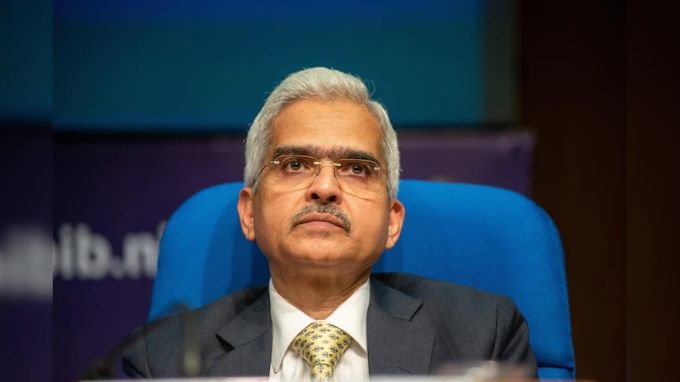
RBI Governor Shaktikanta Das Receives A+ Grade in Central Bank Report Cards 2024
- RBI governor Shaktikanta Das received an A+ grade in the Central Bank Report Cards 2024 for the second consecutive year.
- The award was presented by Global Finance in Washington, D.C.
- The grades are assigned on the grades like “A+” to “F” scale, and the grades are given on the basis of evaluating success in key areas like inflation control, economic growth targets, currency stability, and interest rate management.
- Das is credited with countering the pandemic challenge and the war in Europe amid increasing interest rates.
- During his tenure, India’s foreign exchange reserve expanded by $311 billion, making it the second-largest accumulator of foreign reserves.
Global Finance has published the Central Bank Report Cards annually since 1994.
Global Finance: A Digital Platform
Headquarter: New York
- Founded in 1987 by Joseph Giarraputo and Carl Burgen.
- Published monthly print magazine.
- Serves corporate leaders, bankers, and investors in the global business and finance.
- Audience includes central bankers, corporate chairmen, presidents, C-suite leaders, and senior financial officers.
- Selects the best financial institutions worldwide annually.
- Launched in 2002, Gfmag.com offers insights, interviews, economic data pages, and rankings on 192 countries.
2. BoI, BoB mop up ₹ 8,500 cr via bonds amid strong demand
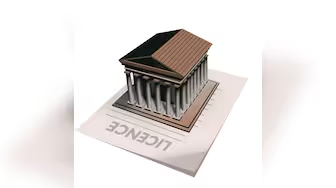
Bank of India and Bank of Baroda Issuing Infrastructure Bonds
- State-owned Bank of India raised ₹ 5,000 crore through a 10-year infrastructure bond issuance at a coupon rate of 7.41%.
- Bank of Baroda secured ₹ 3,500 crore by issuing Basel III-compliant Tier-2 bonds at the same coupon rate.
- Bank of Baroda’s Tier-2 bond issuance had a base size of ₹ 1,000 crore and a green shoe option of ₹ 2,500 crore.
Infrastructure Bonds
- Issued by PSUs, banks, or private corporations to fund infrastructure projects.
- Features include long-term maturities, periodic interest payments, and tax benefits.
- Infrastructure bonds are debt securities issued by entities like PSUs and banks to finance infrastructure projects.
- These bonds have long-term maturities and are used to fund projects like highways, bridges, tunnels, and public transportation systems.
- The proceeds are earmarked for infrastructure development, allowing entities to raise capital without immediate financial strain.
- Infrastructure bonds differ from tax-saving infrastructure bonds, which were introduced in 2010 but discontinued in 2013-14.
3. Banking Laws Bill
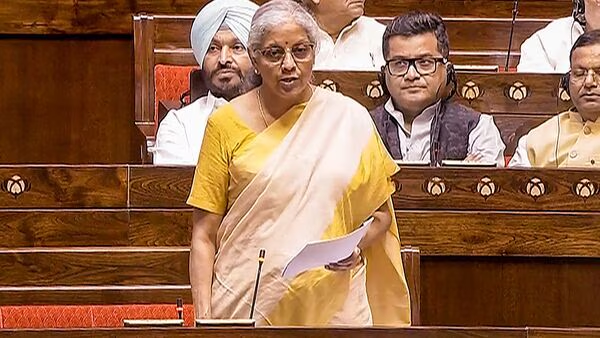
The Banking Laws (Amendment) Bill, 2024 is a bill which aims to improve the banking sector in India by modernizing and streamlining banking operations. The bill was introduced in the Lok Sabha by Union Minister of State for Finance, Pankaj Choudhary.
The bill seeks to amend several banking laws, including:
- The Reserve Bank of India Act, 1934
- The Banking Regulation Act, 1949
- The State Bank of India Act, 1955
- The Banking Companies (Acquisition and Transfer of Undertakings) Acts of 1970 and 1980
Some of the proposed changes include:
- Privatization: The bill will allow for the privatization of two public sector banks (PSBs). The minimum government holding in the PSBs is expected to be lowered from 51% to 26%.
- Directorship tenure: The bill will change the tenure of directors of co-operative banks.
- Unclaimed amounts: The bill will expand provisions for the settlement of unclaimed amounts.
- Governance standards: The bill seeks to improve governance standards.
- Reporting: The bill seeks to provide consistency in reporting by banks to the Reserve Bank of India.
- Depositor and investor protection: The bill seeks to ensure better protection for depositors and investors.
- Audit quality: The bill seeks to improve audit quality in public sector banks.
- Nominees: The bill seeks to raise the number of nominees per account.
- Directorship interest: The bill seeks to redefine “substantial interest” for directorships, which could increase to Rs 2 crore.
National Affairs
1. INDIAN ARMY LAUNCHES ‘EKLAVYA’ ONLINE DIGITAL PLATFORM FOR OFFICERS’ TRAINING

Indian Army Launches Online Learning Platform “Eklavya”
- General Upendra Dwivedi, Chief of the Army Staff, launched “Eklavya,” an online learning platform for the Indian Army.
- The platform aligns with the Army’s “Decade of Transformation” and 2024 theme as the “Year of Technology Absorption.”
- The platform was developed by the Headquarters Army Training Command and Army War College, with support from BISAG-N and Directorate General of Information Systems.
- The platform is hosted on the Army Data Network and features a scalable architecture, allowing seamless integration of training establishments.
- The platform hosts three categories of courses: ‘Pre-Course Preparatory Capsules’, ‘Appointment or specific assignment-related courses’, and ‘Professonal Development Suite’.
- The platform also features a searchable “Knowledge Highway” for uploading various journals, research papers, and articles.
Source: PIB
2. Pradhan Mantri Matsya Sampada Yojana
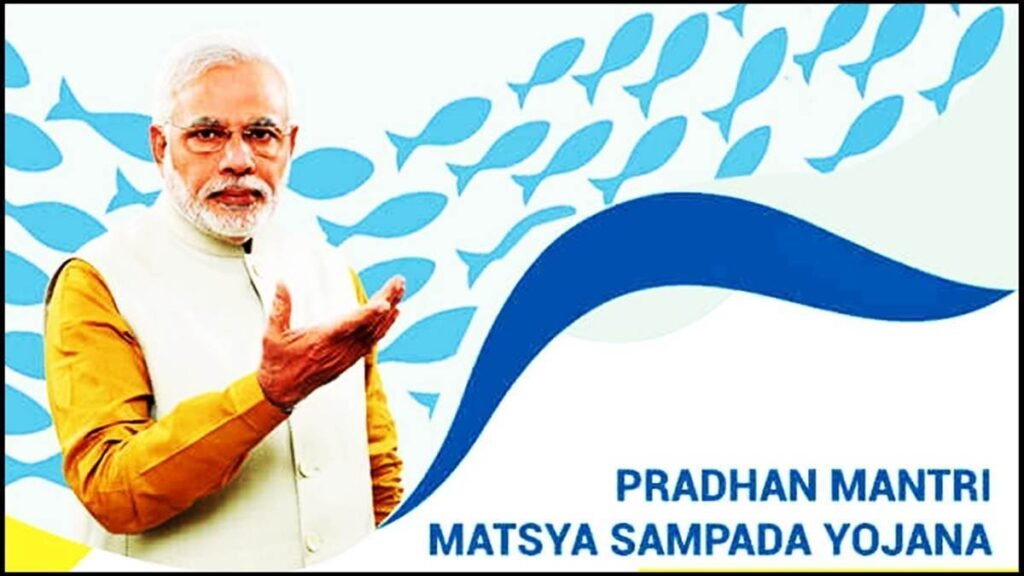
Pradhan Mantri Matsya Sampada Yojana (PMMSY)
- PMMSY, implemented by the Department of Fisheries, Ministry of Fisheries, Animal Husbandry and Dairying, aims to increase fish production by 70 lakh metric tonnes by 2024-25.
- The scheme aims to boost aquaculture productivity, reduce post-harvest losses, create 55 lakh jobs, increase fisheries exports, and increase per capita fish consumption.
- The PMMSY has resulted in an increase in annual fish production from 141.64 lakh tonne in 2019-20 to 175.45 lakh tonne in 2022-23.
- The PMMSY has created employment opportunities for about 58 lakh in fishing and aquaculture related activities.
- The PMMSY has also increased fisheries exports from Rs.46662.85 crore in 2019-20 to Rs.60524.89 crore in 2023-24.
Pradhan Mantri Matsya Sampada Yojana (PMMSY)
3. Food Items may Shed Weight in CPI Basket
“Food Dominance in CPI Decline in Rural and Urban Areas”
- CPI dominance could decline by up to 6.5 percentage points in rural areas and 3.4 percentage points in urban areas.
- Government panel considering changes to CPI basket and base year inflation series revision.
- CPI last revised in 2011-12 due to inaccuracies in the 2017-18 Household Consumption Expenditure Survey.
Inflation in India: Consumer Price Index (CPI) and Wholesale Price Index (WPI)
Inflation Overview
- Inflation refers to the rise in prices of goods and services of daily or common use.
- It measures the average price change in a basket of commodities and services over time.
- Inflation rate indicates the rate at which prices have been rising in an economy.
Methodology of Inflation
- Inflation is measured by two main indices: WPI (Wholesale Price Index) and CPI (Consumer Price Index).
- CPI measures retail inflation by collecting the change in prices of most common goods and services used by consumers.
- The base year for CPI is 2012.
Wholesale Price Index (WPI)
- Measures changes in prices of goods sold and traded in bulk by wholesale businesses.
- Published by the Office of Economic Adviser, Ministry of Commerce and Industry.
- Widely used inflation indicator in India.
- Criticized for not capturing changes in the purchasing power of a unit of a country’s currency.
- Base year revised from 2004-05 to 2011-12 in 2017.
Consumer Price Index (CPI)
- Measures price changes from the perspective of a retail buyer.
- Released by the National Statistical Office (NSO).
- Calculates the difference in the price of commodities and services.
- Four types: CPI for Industrial Workers (IW), CPI for Agricultural Labourer (AL), CPI for Rural Labourer (RL), and CPI (Rural/Urban/Combined).
- Base Year for CPI is 2012.
- The Monetary Policy Committee (MPC) uses CPI data to control inflation.
Types of CPI
- CPI for Industrial Workers (IW), Agricultural Labourers (AL), Rural Labourers (RL), and Rural/Urban/Combined.
- Compilation by the Labour Bureau in the Ministry of Labour and Employment and the National Statistical Office (NSO).
4. 250kg of debris cleared from Sindhudurg reefs
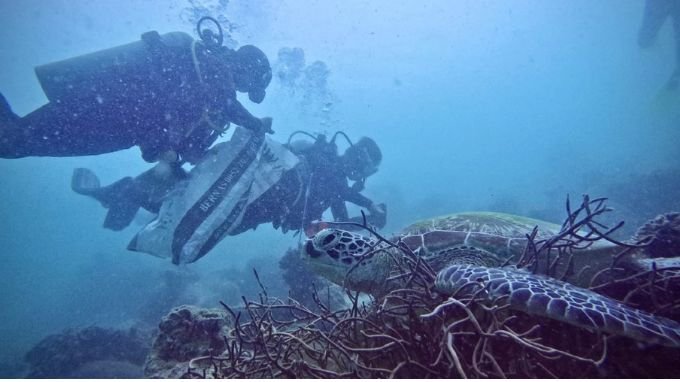
India’s First Largescale Ocean Floor Cleanup in Sindhudurg Coral Reefs
- Seven highly trained scuba divers collected around 250kg of non-biodegradable waste from the seabed in Maharashtra’s Sindhudurg coral reefs.
- The initiative’s primary aim is to restore marine biodiversity and ecosystems, led by state agencies and NGOs.
- The acts involved the extraction, bundling, and disposal of discarded or lost nylon fishing nets.
- The initiative was led by the Maharashtra Pollution Control Board (MPCB) and fisheries department and the fund is also allocated by The Union ministry.
Coral Reefs in India
- Coral reefs are vital for the survival of ocean life and protect coastlines.
- They are formed by coral polyps, tiny sea anemones, and Zooxanthellae algae, which share a symbiotic relationship.
- Coral polyps attach to sedimentary rocks or hard surfaces near coastlines through sedimentation, compaction, cementation, and solidification of their skeletons.
- India has 7,517 km of coastline, with 6,100 km being the mainland coastline.
- Major types of coral reefs in India include fringing, barrier, and atolls.
- Fringing reefs are the most common, evolving near the continent and close to the coastline.
- Barrier reefs are offshore on the continental shelf, usually parallel to the coastline at some distance.
- Atolls are formed on mid-oceanic ridges, surrounded by seas on all four sides and having shallow waters in the center called a lagoon.















